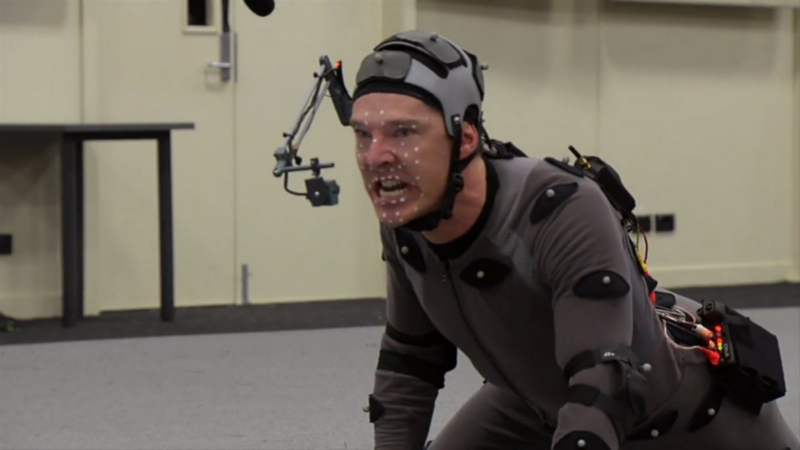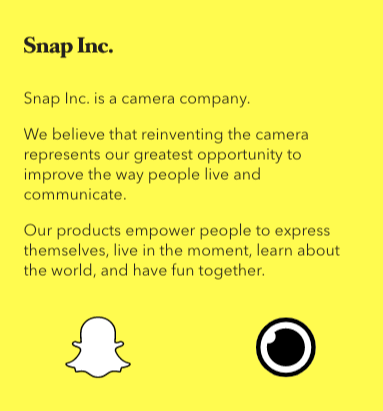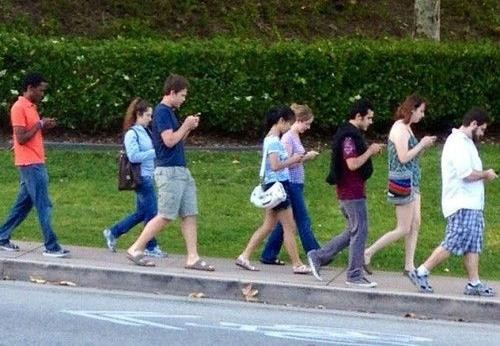This post is about the topics discussed in Wizardest Podcast E12.
On the surface, it may seem like a cute, nonsense feature. But if they can replace your face with into a monkey or a cat or unicorn, they can turn you into anything. Or anyone.
In the project below, videos of Obama speaking were analyzed and chopped up via machine learning, and then using only an audio track, they were able to generate fake videos of Obama that look like they really happened, but they never did.
Now imagine that your iPhone X could turn your face into Obama’s face instead of into an emoji. Or into Trump’s face. Or your spouse’s. Or someone could make their face into yours! And then they could record a video of you saying and doing things that you never did, or even have a live video chat with someone, but as you.
You know when you see behind the scenes footage from a movie like Lord of the Rings or Planet Of The Apes, with an actor wearing all those little sensors and those little golf ball suits with dots projected on their face? All of his/her movements and facial expressions are being captured, and then translated into a computer generated character.
That technology, previously available only to high end movie studios, will now be available to anybody with an iPhone X.

And it’s not just about faces. You can replace the background, other people or objects — the entire scene can be falsified.
Think back to when Jurassic Park came out in 1993: It was so revolutionary because the dinosaurs were created with computer graphics, which at the time cost millions of dollars and required the most sophisticated computer scientists and designers in the world working over multiple years. Now you can recreate those scenes with the computing power on your phone.

And not only can you see the dinosaur from a single angle, like in a movie, but instead you can move 360 degrees around any virtual object (or being) and it will stay put. You can see it from any angle, with the lighting and shadows and reflections all being rendered in real time.
It’s like Photoshopping the whole world. That’s what AR is.
For instance, these guys are not really there:
In parallel to these leaps in visual technology, there are amazing breakthroughs happening in audio as well. You will soon be able to create a false recording of someone saying whatever you want them to say, in their own voice.
Check out this fake recording of Obama and Trump talking about startup Lyrebird — generated by machine learning analysis of audio samples.
Besides all the awesome implications (a young Steven Spielberg can make the next Jurassic Park on his or her iPhone!), it’s also easy to imagine doing all this for malicious purposes. You could make a politician or a celebrity do and say things that they never did, in a way that to a layperson is indistinguishable from a real video of them. You could make it seem like they were in a place that they never were with someone that they’ve never met.
When people talk about the high price of iPhone X, it must be understood that the price tag of $999 for this technology is literally thousands of times cheaper than it was only a few years ago, and that price will continue to go down over time until every smartphone on earth has this technology, with the cost driven to essentially zero. There will be a proliferation of falsified content, created by everyone all the time. And all along the technology itself will be improved, making it harder and harder to parse out what’s real and what’s not.
And yes, eventually iPhone X will become a pair of glasses, capturing actual reality through the cameras and sensors, layering on virtual elements, and presenting it all to you on a screen that covers your eyes completely. We will see the entire world through really amazing cameras and really amazing screens. Two things that Apple is getting really good at.
Entrants like Snap also clearly believe that being a camera company is important, even though most of their users today would probably not describe them as a camera company.

Snapchat filters are a great example of combining AR with the internet/social. In a networked AR system, it’s not only that you are creating a world for yourself, but you can also decide how other people will see you, or how your home will be decorated when guests come over, and so on.
Imagine that if instead of getting dressed for a party, you just put on something basic like a t-shirt, but then you “wear” a fancy dress in AR, so that everyone at the party will see you in the dress. And instead of doing your makeup or styling your hair, you choose some virtual makeup (which never fades or runs), and at any time you can swap out your hairstyle, or for that matter, your hair color, or anything you want.
You could swap out of the art or photos on your walls as often as you’d like without picking up a hammer or a step stool. In-laws coming over? Just load up your saved template for all those great vacation pics.
The strangest part is that if we all start wearing AR glasses, there might be no point in ever hanging a physical frame ever again. If everything becomes software, then the walls will be bare in every home, and no one will ever style their real hair, because it will always be viewed through AR. Having a presentable world for those without AR will become pointless.
In other words, you take off the glasses to presumably see the real world, but it’s not there any more — the world we live in is actually inside the glasses, inside the phone. That’s where people are expressing themselves, communicating — that’s where life is really happening.
This is already the case today with smartphones, and it will only become more and more true. I’m not making a prediction about the timeline, but in my opinion doesn’t really matter if it takes another 10 years, 20 years, or 50 years — but when it happens, it will happen fast. 10 years ago there were no smartphones. If you walked around New York City then, no one was looking down at their phone, and most would not have predicted that 10 years out it would be everyone, everywhere.

So I believe Apple when they say that iPhone X is the beginning of the next 10 years. It’s super exciting, and if you’re choosing between an iPhone 8 and an iPhone X, to me it would be a shame to not get to experience this unbelievable technology firsthand — a clue as to what the future is going to be like.
If interested, I go real deep down this rabbit hole in Wizardest Podcast E12 // “Replace Your Face” iPhone X as the World’s First Augmented Reality Device, available here:






